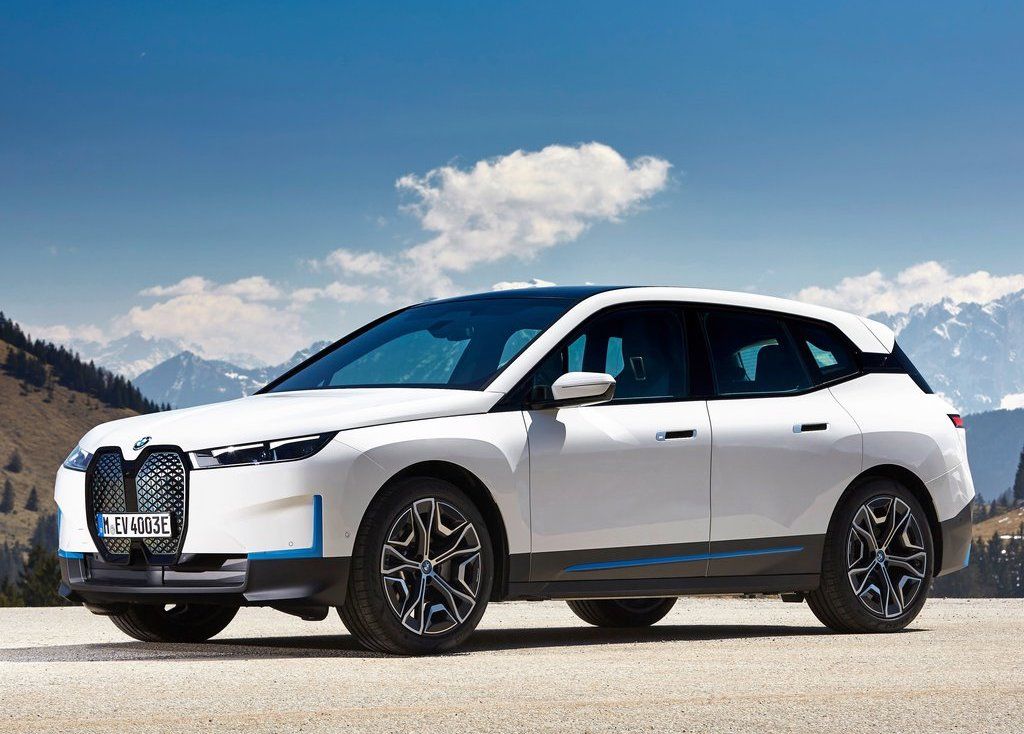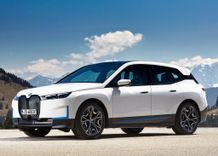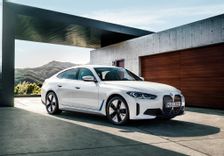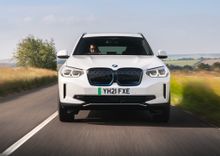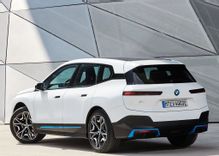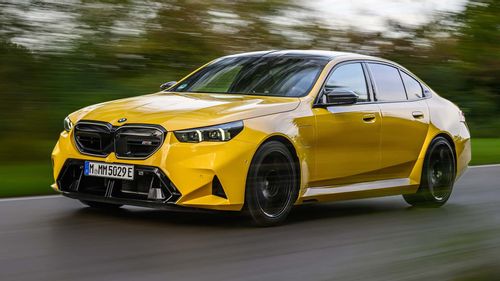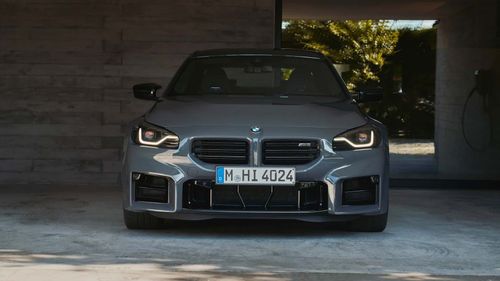As we head towards increased electrification, our motoring habits will have to adapt to suit the new needs of our advanced vehicles. As petrol and diesel-powered vehicles still remain the most popular, filling stations are on every corner. This means running out of fuel is an unlikely event.
However, life in an electric car is different. It’s certainly no worse. In fact, for many, it’s more convenient than living with an internal combustion-engined vehicle. Charging stations are popping up, meaning most shopping malls have a designated place for you to top up your battery.
But for now, electrified vehicle (EV) charging stations aren’t as common as their petrol station counterparts. Let’s take a look at the various charging options available for electric car drivers.
What type of chargers are available?
First, you need to be able to distinguish between alternating current (AC) and direct current (DC) charging. Currently, AC charging is more common in South Africa. When you plug your electric car into the grid, the power provided is always AC. The batteries in an electric car can only store the electricity as DC. An on-board converter allows for the power to be converted from AC to DC.
So, how is the power converted?
With electric vehicles – when plugged into an AC charger – the on-board converter first converts the power from AC to DC and then sends the energy to the vehicle’s battery. This is the most common charging method for electric cars currently and, while slower, is convenient when parked for extended periods of time.
What about DC charging?
Far quicker than AC charging, direct current charging allows for drivers to top their batteries up quickly and without the longer waiting periods associated with the former charging method. With a DC charger, the converter is housed within the charger itself. This allows for the battery to receive electricity directly from the battery, without the on-board converter the AC charger requires.
Where can I find a charger for my electric vehicle?
As electric vehicles become more popular, the charging infrastructure expands. According to gridcars.net, there are over 100 public charging stations around the greater Johannesburg area, with over 20 in the city of Cape Town and outlying areas. One of the main reasons that stop people from buying electric vehicles is a misconception around travelling range.
While electric cars are great in town, would-be consumers are unsure of their long-distance capabilities. However, the latest electric vehicles – such as BMW’s luxury SUV, the iX – have electric range ratings that nearly match their petrol- and diesel-powered equivalents. The xDrive50, for example, can travel up to 630 km on a single charge.
This makes it the ideal electric car to do a long-distance road trip, with numerous charging stops along the way, including smaller towns and lay-bys.
BMW electric vehicle ranges
Currently, BMW offers a number of battery electric vehicles in South Africa, with more set to arrive soon.
The BMW i3, priced at R754 200, has a claimed range of 260 km. The slightly pricier (R820 700), performance-oriented i3s can travel the same distance but offers superior acceleration and a sportier feel.
At R1 650 000, the iX xDrive40 is the cheapest of the iX range. BMW claims the luxury SUV can travel up to 425 km, while the range-topping iX xDrive50 has a more impressive travel range, with up to 630 km possible between charges.
